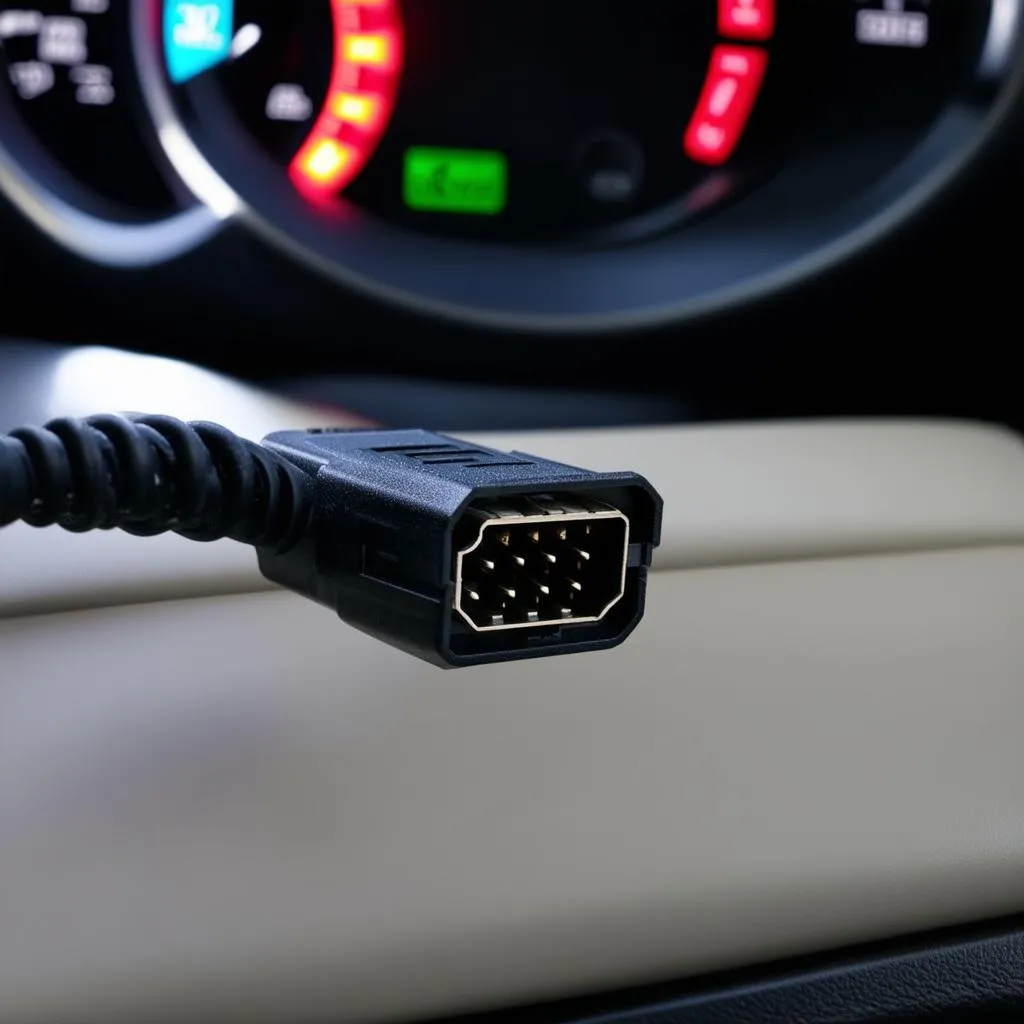Unlocking the Secrets of VCDS Init Controller: A Comprehensive Guide
“Have you ever felt like you were talking to your car in another language?” That’s how some people describe their experience trying to understand car diagnostics. But what if you could speak your car’s language fluently? With VCDS and the power of the “Init Controller” function, you can! This guide delves deep into the world of Vcds Init Controller, unraveling its mysteries and empowering you to communicate with your European car like never before.
What Does “VCDS Init Controller” Actually Mean?
Imagine this: you’ve just installed a brand-new, shiny part in your car – maybe a fancy new sensor or a high-tech control unit. Excited, you turn the key, expecting everything to work perfectly, but… nothing. The new part is as silent as a mime in a library. What went wrong?
This is where “VCDS Init Controller” swoops in to save the day. In essence, it’s like introducing your car’s main computer (the ECU) to the new kid on the block. It’s the handshake, the formal introduction that allows them to communicate and work together seamlessly.
Technically speaking, “VCDS Init Controller” is a function within the VCDS software (formerly known as VAG-COM) used to configure and activate newly installed control units or components in Volkswagen Group vehicles (VW, Audi, Seat, Skoda). This process involves sending specific codes to the new part, telling it, “Hey, you’re officially part of the team now, get to work!”
But it’s not just about new parts: Sometimes, after a repair or software update, a control unit might throw a tantrum and refuse to play nice. This is where the magic of “Init Controller” comes in again – like a digital therapist, it helps reset the control unit back to its default settings, resolving communication issues and bringing harmony back to your car’s electronic ecosystem.
The Importance of Proper Initialization
Think of your car’s electrical system as a finely tuned orchestra. Each control unit and component plays a specific instrument, and they all need to be in sync for the symphony of your car to flow smoothly. Improper initialization is like introducing a tuba player who thinks they’re playing the flute – chaos and dissonance will ensue.
Demystifying the Process: How Does “VCDS Init Controller” Work?
- Connecting the Dots: First, you connect your VCDS interface cable to your car’s OBD-II port and your laptop. It’s like plugging in a USB drive, but instead of accessing files, you’re entering the matrix of your car’s brain.
- Selecting the Right Path: Next, you navigate through the VCDS software to the specific control unit you want to initialize. This is like finding the right department in a company – you wouldn’t go to the HR department to fix a broken coffee machine.
- The Initiation Ritual: Once you’ve selected the control unit, you’ll find the “Init Controller” function. Clicking this sends a coded message to the unit, essentially telling it to read the manual and figure out its place in the grand scheme of things.
- Confirmation is Key: After the initialization process is complete, VCDS will usually give you a confirmation message. It’s like your car winking at you, saying, “Got it, boss, we’re good to go!”
Common Questions About “VCDS Init Controller”
Q: Do I need to be a tech wizard to use “VCDS Init Controller”?
A: Absolutely not! While it might seem intimidating at first, the process is designed to be user-friendly, even for those who think a dipstick is for checking the oil in their potato chips. There are countless online resources and forums with step-by-step guides to help you through every step.
Q: Is it safe to use “VCDS Init Controller” on my car?
A: Generally, yes, as long as you follow the instructions carefully. It’s like using a kitchen knife – a valuable tool when used correctly, but potentially hazardous if you start juggling with it. Always double-check the specific procedures for your car model and year to avoid any mishaps.
Beyond the Technical: VCDS and the Human Touch
While VCDS is a powerful tool for communicating with your car’s electronics, it’s essential to remember that it’s just that: a tool. It’s not a magic wand that can instantly fix any problem.
Just like a doctor uses a stethoscope to listen to your heartbeat but relies on their knowledge and experience to diagnose and treat you, VCDS provides the information, but you need to understand its language to interpret it correctly.
Many people fear delving into the world of car diagnostics, believing it’s a realm reserved for greasy-fingered mechanics. But the truth is, understanding the basics of your car’s electronic systems empowers you to take control of your vehicle’s well-being.
Think of it as a form of preventative care. Just like you visit the doctor for regular checkups, regularly scanning your car with VCDS allows you to detect minor issues before they snowball into major headaches.
Some Final Thoughts:
- Knowledge is Power: The more you understand about your car, the better equipped you are to make informed decisions about its maintenance and repair.
- Don’t Fear the Unknown: Embrace the challenge of learning something new. You might be surprised at how much you enjoy speaking your car’s language.
- Community is Key: Connect with other VCDS users online or in person. Sharing knowledge and experiences can be incredibly valuable.
 VCDS Interface
VCDS Interface
 Happy Driver
Happy Driver
If you’re ready to dive deeper into the world of VCDS and unlock the full potential of your European car, we’re here to help! Contact our team of automotive experts via WhatsApp at +84767531508. We offer comprehensive support for all your VCDS needs, from software installation and troubleshooting to advanced diagnostics and coding.
Take control of your car’s destiny. Start speaking its language today!
